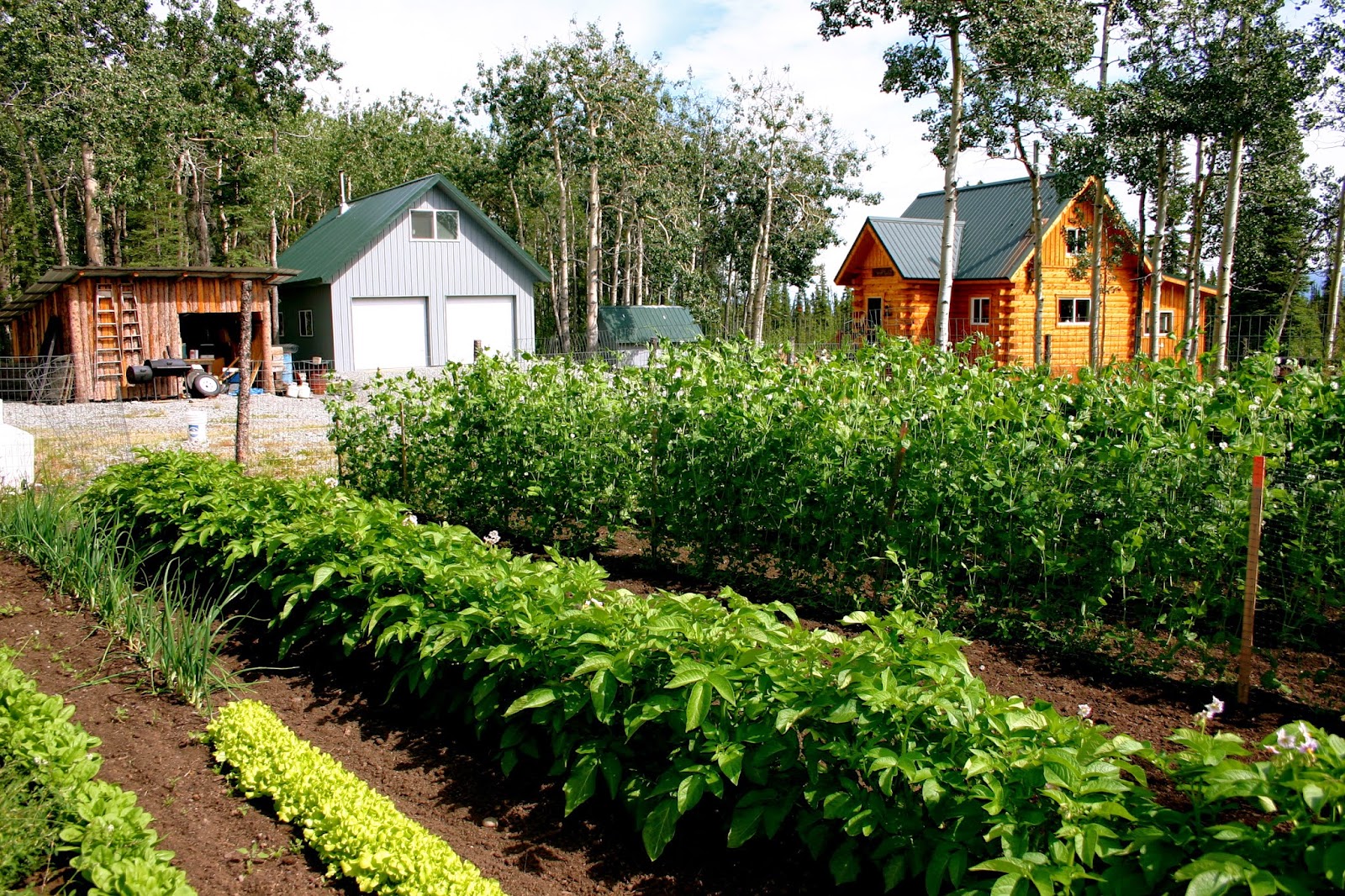Bugs Aren't Usually The Problem. It's Lack Of Water & Cold Summers That Makes Gardening Tough In Alaska.
 |
| A Tatlanika truck gardener grows vegetables for Denali Park hotels. |
 |
| A lush, well-tended garden at a Kenny Lake, Alaska log cabin homestead. |
But they are rare in the hinterlands of Alaska. They're rare for the same reason that earthworms are pretty much impossible to find here, too. Bugs, earthworms, slugs... they would have to travel across hundreds of miles of spruce forest and swamp, through areas without a single potato, tomato, green pepper or lettuce to latch onto and destroy. They need a supply chain of vegetables along their route, like an army traveling across Alaska on its stomach. But, Alaska is so sparsely populated that a typical garden might be two, three, or even 15 or 20 miles away from the next garden. Pests simply have nowhere to resupply as they head cross-country.
 |
| A typical rural Alaska garden, in Eagle, along the Yukon. |
The worst pests for gardeners in a typical Alaska vegetable garden are shrews, wild hares, and large ungulates, such as moose.
This doesn't mean gardening in Alaska is easy. Alaskans have other problems. The largest stem from the climate: Killing frosts, hard winds, cold rains, lack of rain, permafrost-frozen soil, and a lack of nutrients in the ground.








































